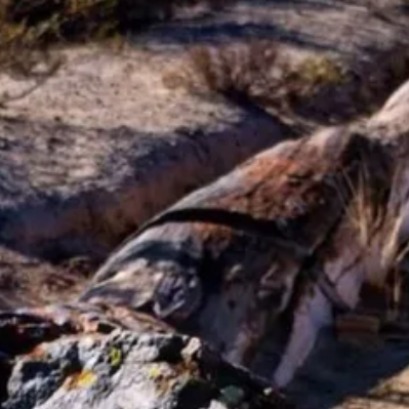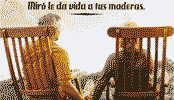
Brasil redujo en un 16% la deforestación de la Amazonia
El aumento de la fiscalización, según el Ministerio de Medio Ambiente, le permitió a Brasil reducir este año el área deforestada en la mayor selva tropical del mundo.
La Amazonia brasileña perdió 6.624 kilómetros cuadrados de cobertura vegetal entre agosto de 2016 y julio de 2017, un área aproximada a la de la región metropolitana de Río de Janeiro y en un 16% inferior a la deforestada en el año inmediatamente anterior (2015-2016), informó el gobierno.
El aumento de la fiscalización, según el Ministerio de Medio Ambiente, le permitió a Brasil reducir este año el área deforestada en la mayor selva tropical del mundo con respecto a la destruida entre agosto de 2015 y julio de 2016, que ascendió a 7.989 kilómetros cuadrados (19% superior a la del año inmediatamente anterior).

IT MAY INTEREST YOU
 The discovery of methane-producing bacteria in trees rethinks the ecological role of forests
The discovery of methane-producing bacteria in trees rethinks the ecological role of forests
Pioneering study shows trees surprising internal microbial diversity and potential influence on global climate, driving novel strategies for agricultural and forestry management
 Missions | New illegal felling in the Piñalito Provincial Park in San Pedro reveals the silent expansion of deforestation in protected areas
Missions | New illegal felling in the Piñalito Provincial Park in San Pedro reveals the silent expansion of deforestation in protected areas
The advance of deforestation on protected areas was once again evident this week in the Piñalito Sur Provincial Park, in San Pedro, where the Ministry of Ecology and Renewable Natural Resources confirmed a new case of selective illegal logging. The event occurs in a context of growing concern about the fragility of the environmental control system in rural and border areas, where the scarcity of resources, personnel and logistics limits the capacity of surveillance against criminal organizations organized to steal native woods and market them on the black market in connivance with sawmill owners.
 The forest of the oldest shadows: the story of the petrified trees
The forest of the oldest shadows: the story of the petrified trees
One of the natural treasures of Río Negro turns 23 years old under the protection law that allows its conservation. Where it is and how it was formed. Río Negro celebrates 23 years of conservation in the petrified forest as a Protected Natural Area (ANP). It is a space of 625 hectares that protects an exceptional site of fossil trunks that date back more than 60 million years.





















